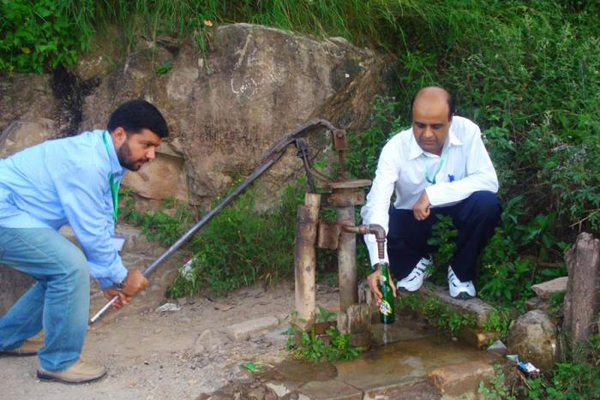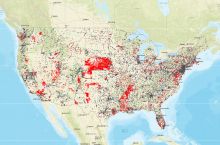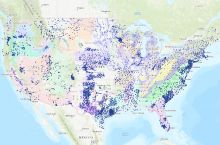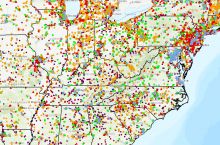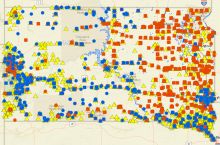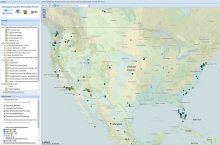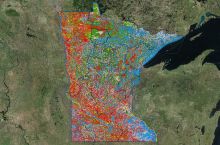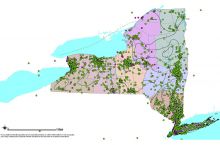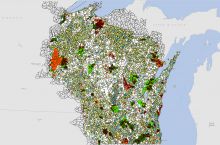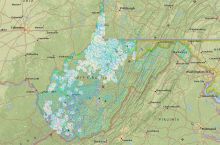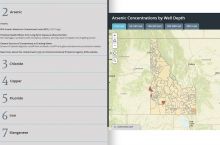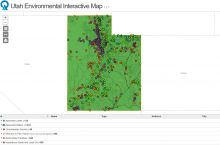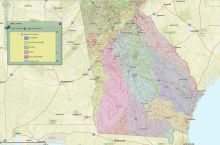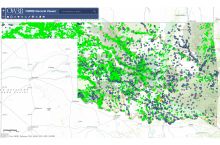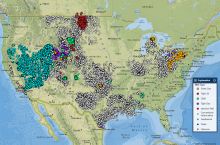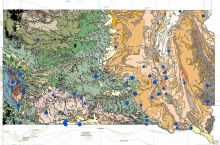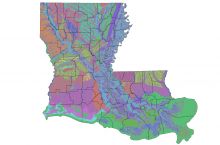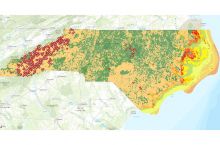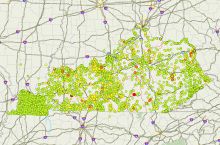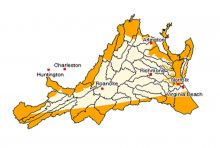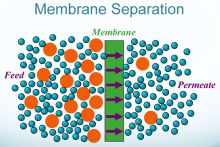Water quality refers to whether water is suitable for a certain purpose, like drinking or irrigation. Both natural and man-made factors can affect water quality. Contaminants can include bacteria, metals, and man-made chemicals like pesticides or pharmaceutical drugs.
Basics
Water quality is a measurement of how suitable water is for a particular use, like drinking or irrigation. Drinking water quality standards are based on the health effects that are likely to occur if a person is exposed to poor water. Industrial or agricultural water supplies will require different water standards. Water contaminants can be natural or man-made. Contaminants can include bacteria, metals, and man-made chemicals like pesticides or pharmaceutical drugs. Other natural properties of water can affect its quality, such as pH and dissolved minerals (such as salts or calcium).[1] Contamination can also alter these natural properties. Read more
Frequently Asked Questions
Do you have a question that's not listed here? Search all FAQs
Explore Related Topics
Since 1980 the United States has experienced more than 24 major droughts, resulting in almost 3,000 deaths and economic impacts exceeding $225 billion. All areas of the U.S. have some drought risk.
Groundwater is the water found underground in the cracks and spaces in soil, sand, and rock. Groundwater has been used by humans for thousands of years; today it provides 25% of the fresh water used in the United States, mostly for irrigation and public water supplies.
Although our industrial society produces a variety of solid wastes and waste waters, over the past 50 years we have made progress in disposing of them safely in landfills, by incineration, and in underground injection wells. Many wastes are also increasingly recycled or reused.
Water is essential for society and, as demand steadily rises, our most precious commodity. Geoscientists study how to provide a clean and secure water source to meet society's needs.
Water is constantly moving on the Earth between the atmosphere, ocean, rivers and streams, snowpacks and ice sheets, and underground. Water availability, both as surface water and groundwater, is essential for agriculture, human consumption, industry, and energy generation.
Wildfires are causing more frequent and wider-ranging societal impacts, especially as residential communities continue to expand into wildland areas. Since 2000, there have been twelve wildfires in the United States that have each caused damages exceeding $1 billion; cumulatively, these twelve wildfires have caused a total of $44 billion in damages.


